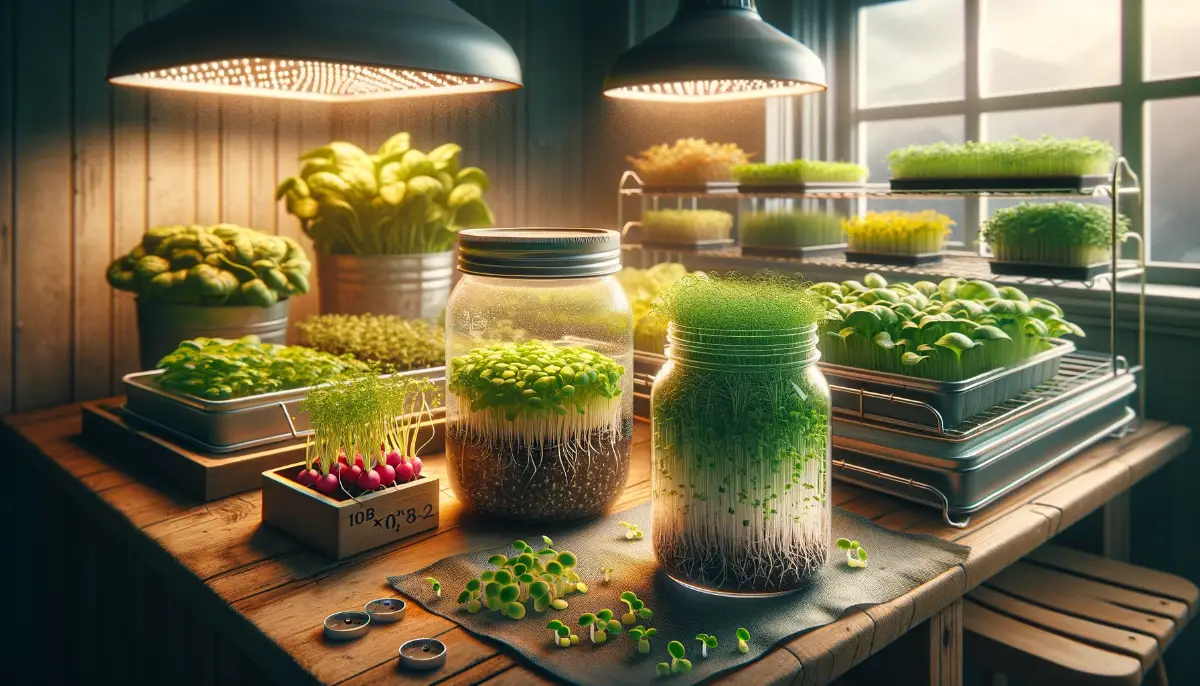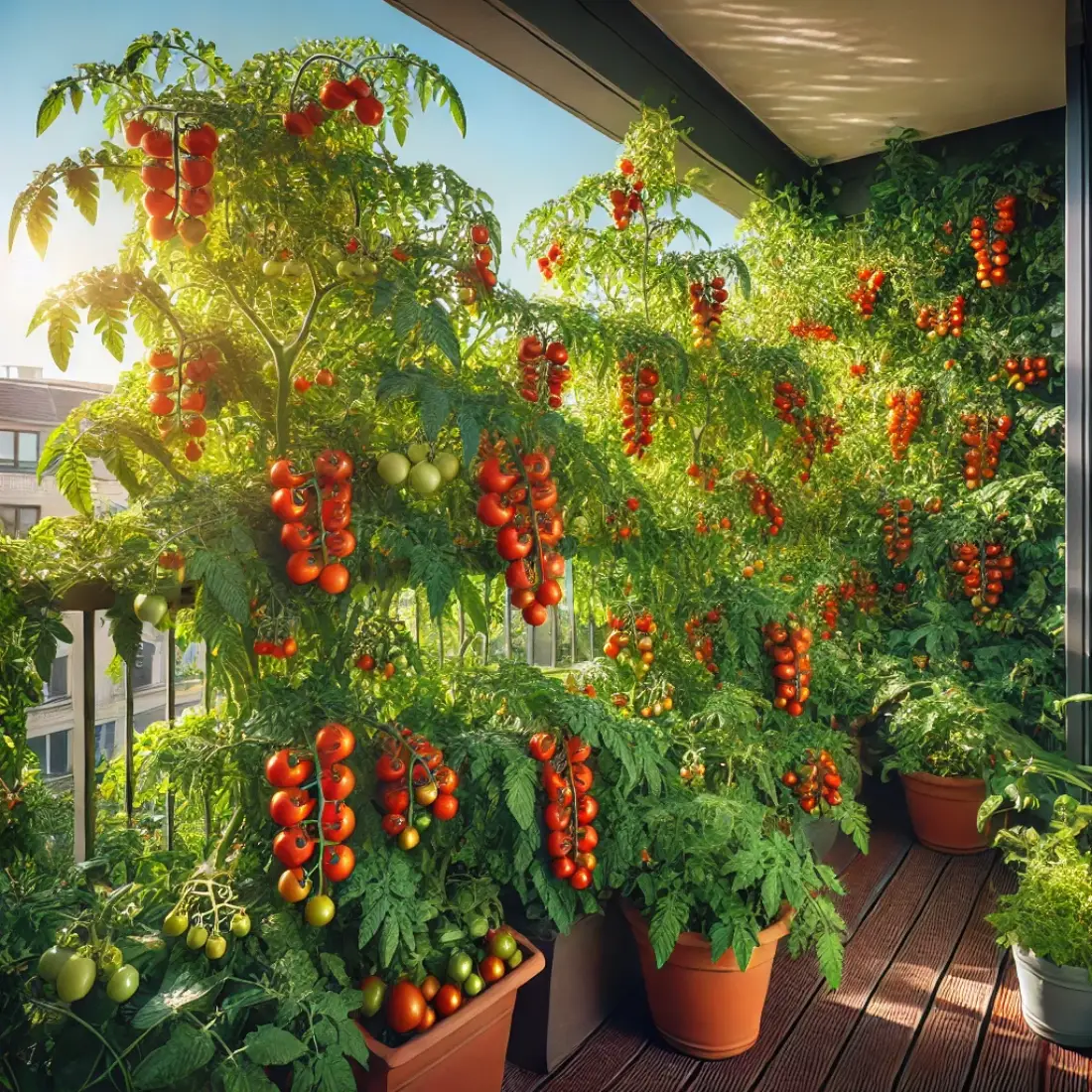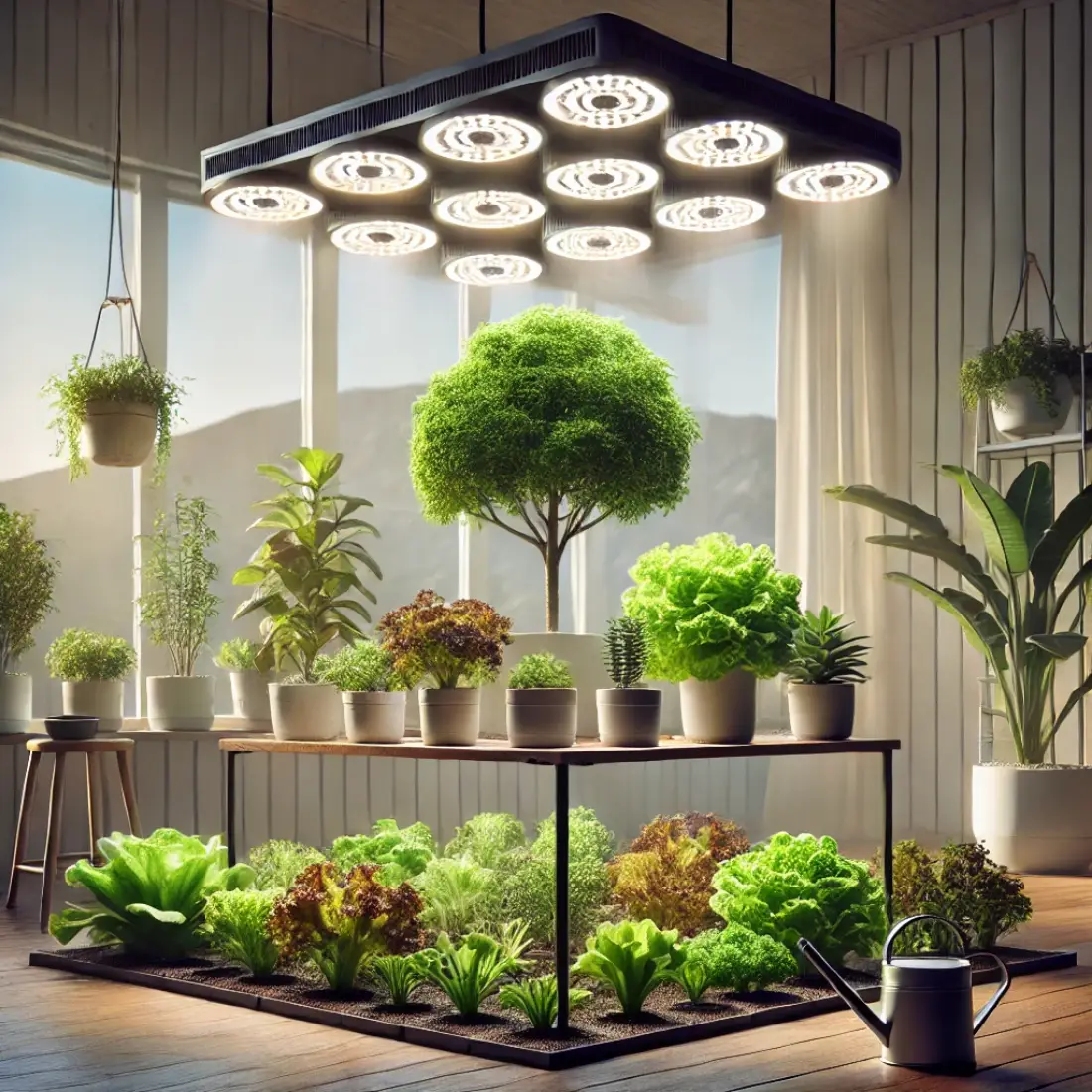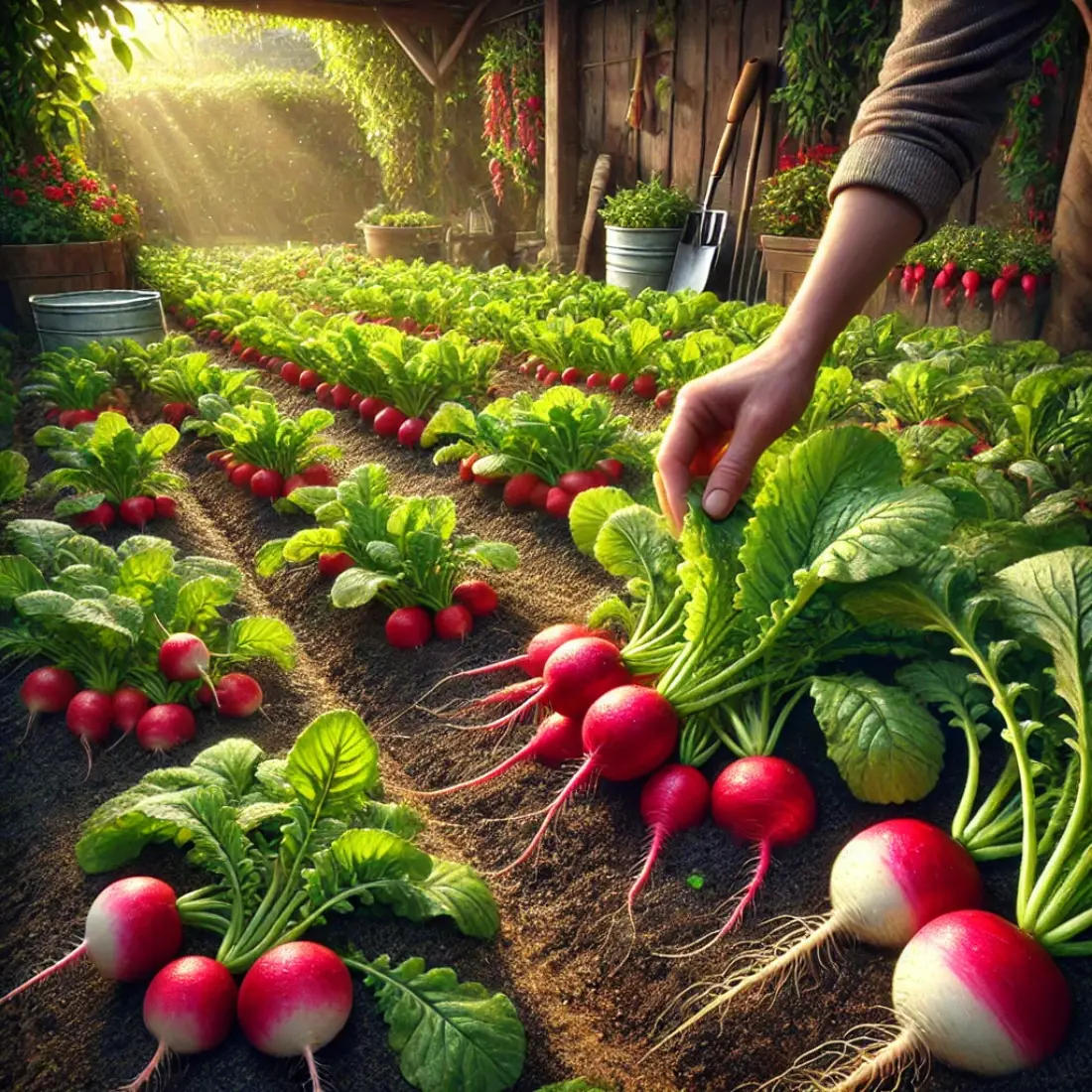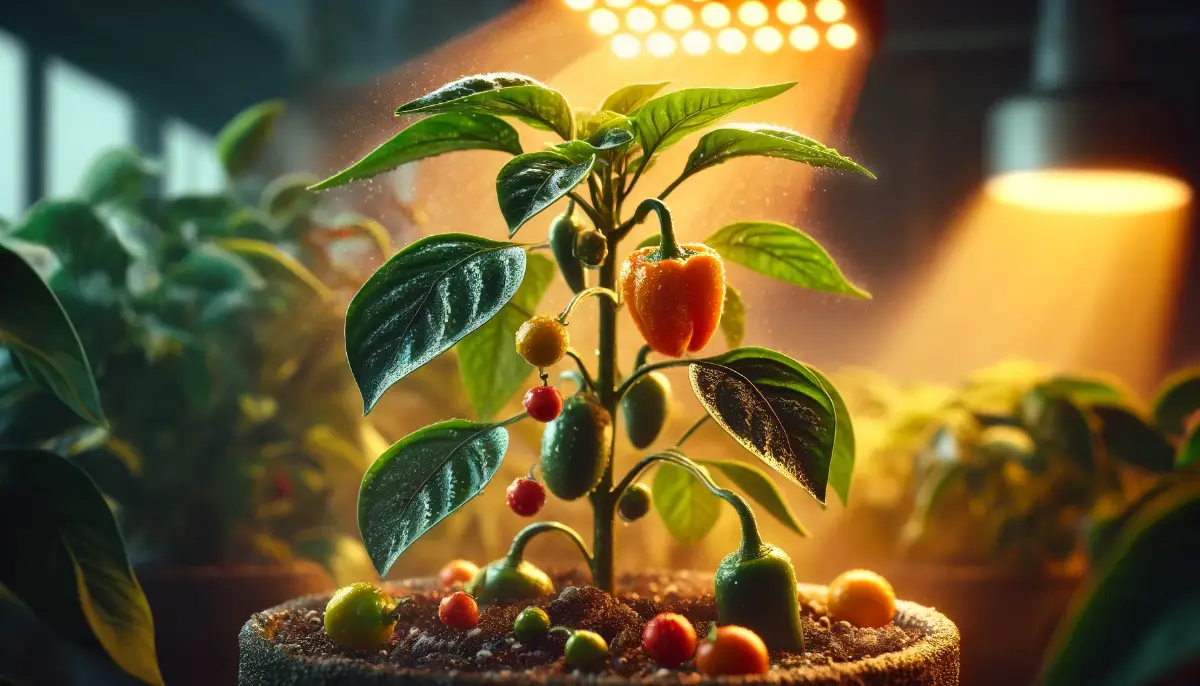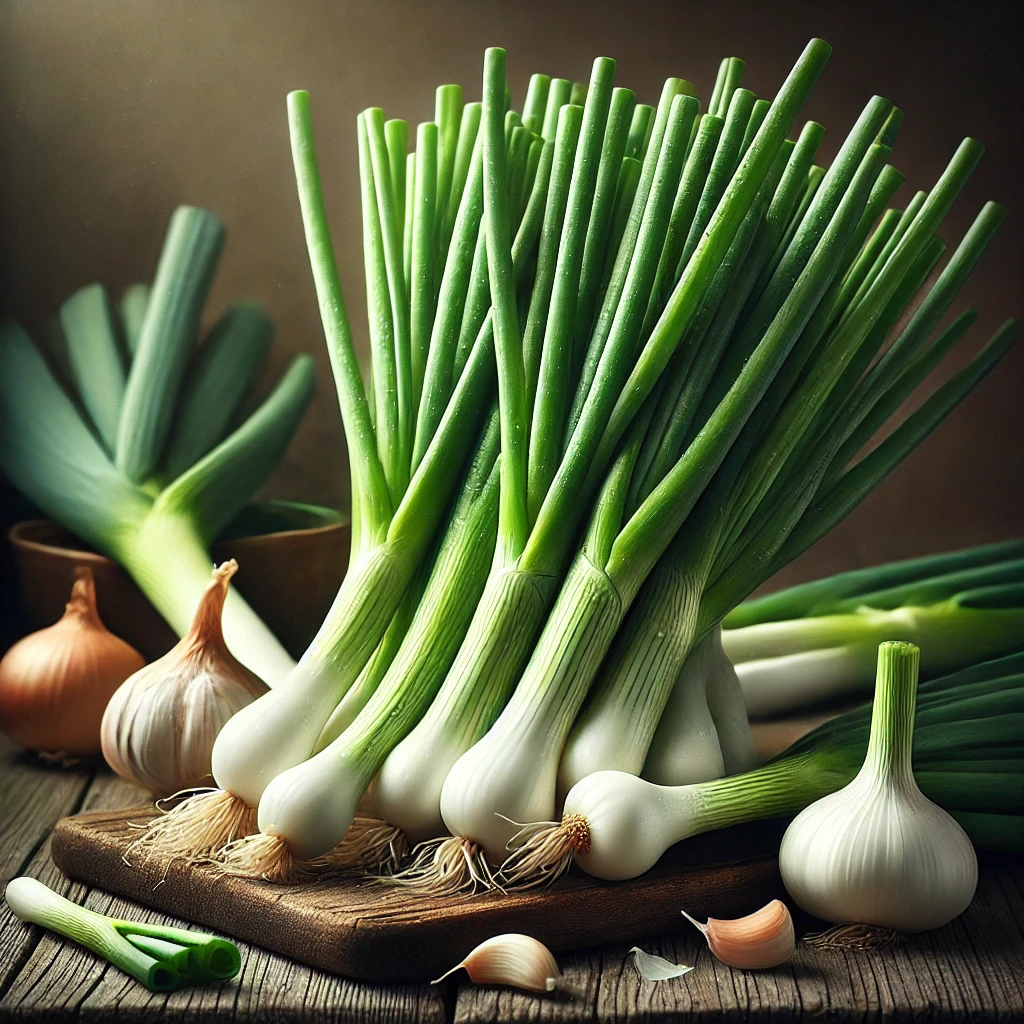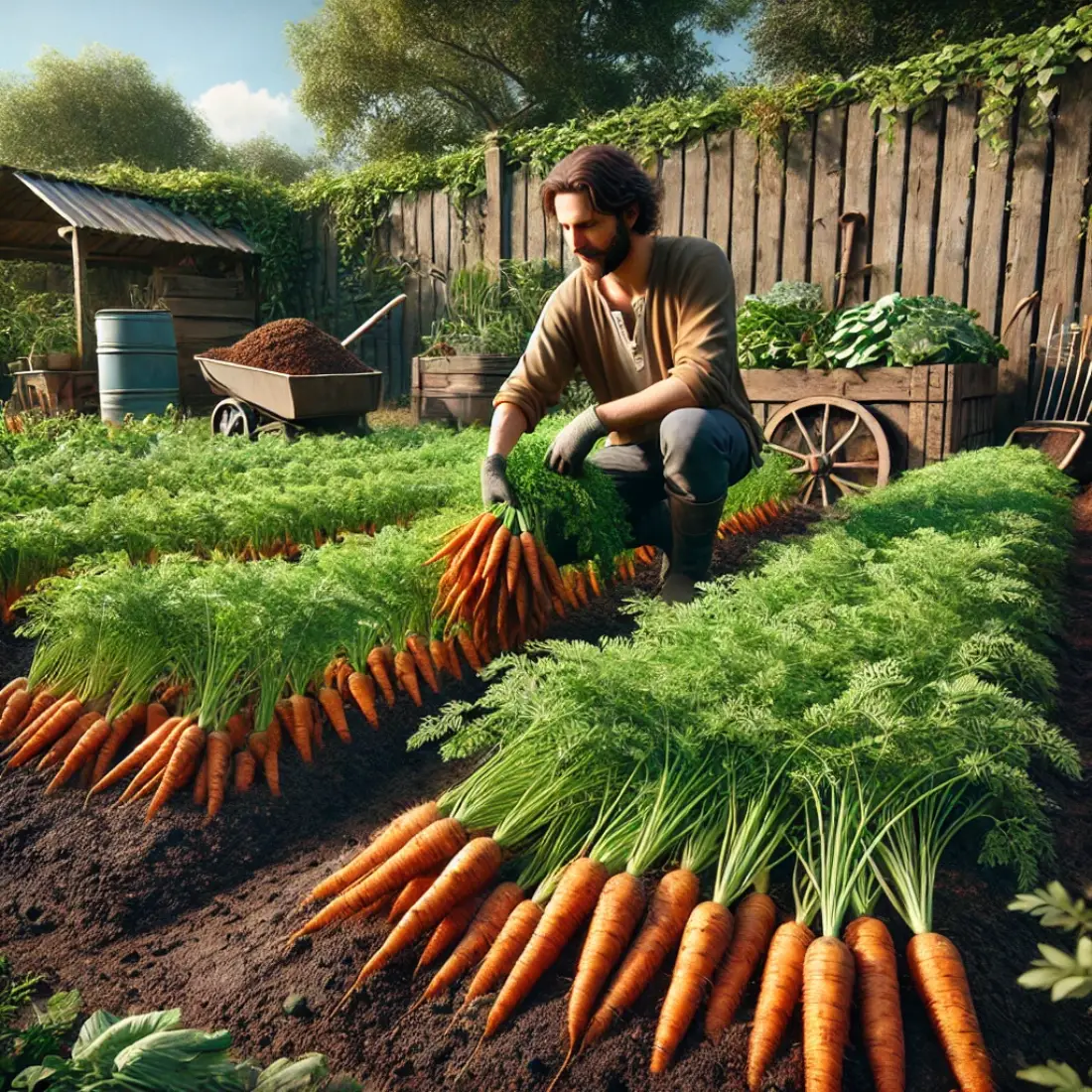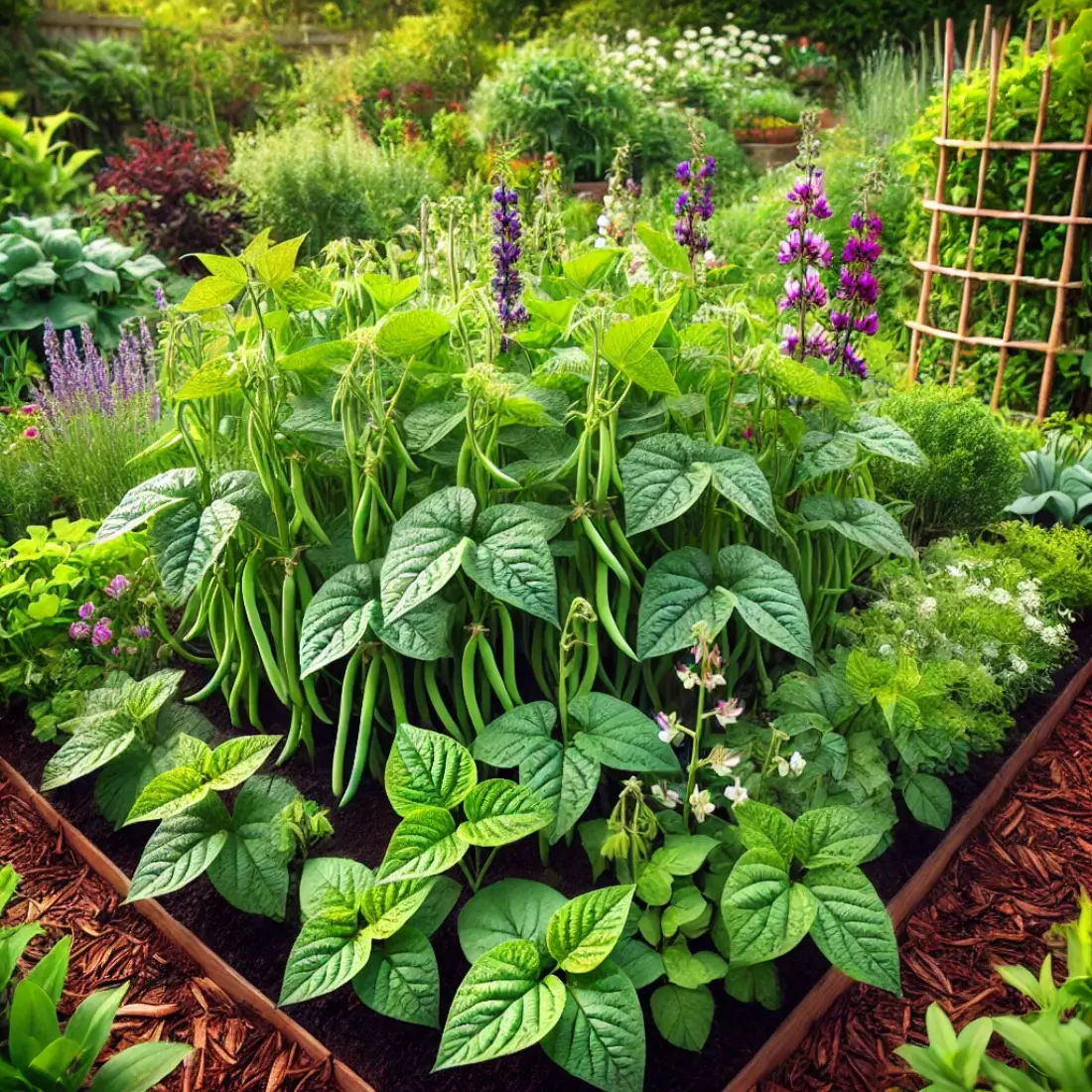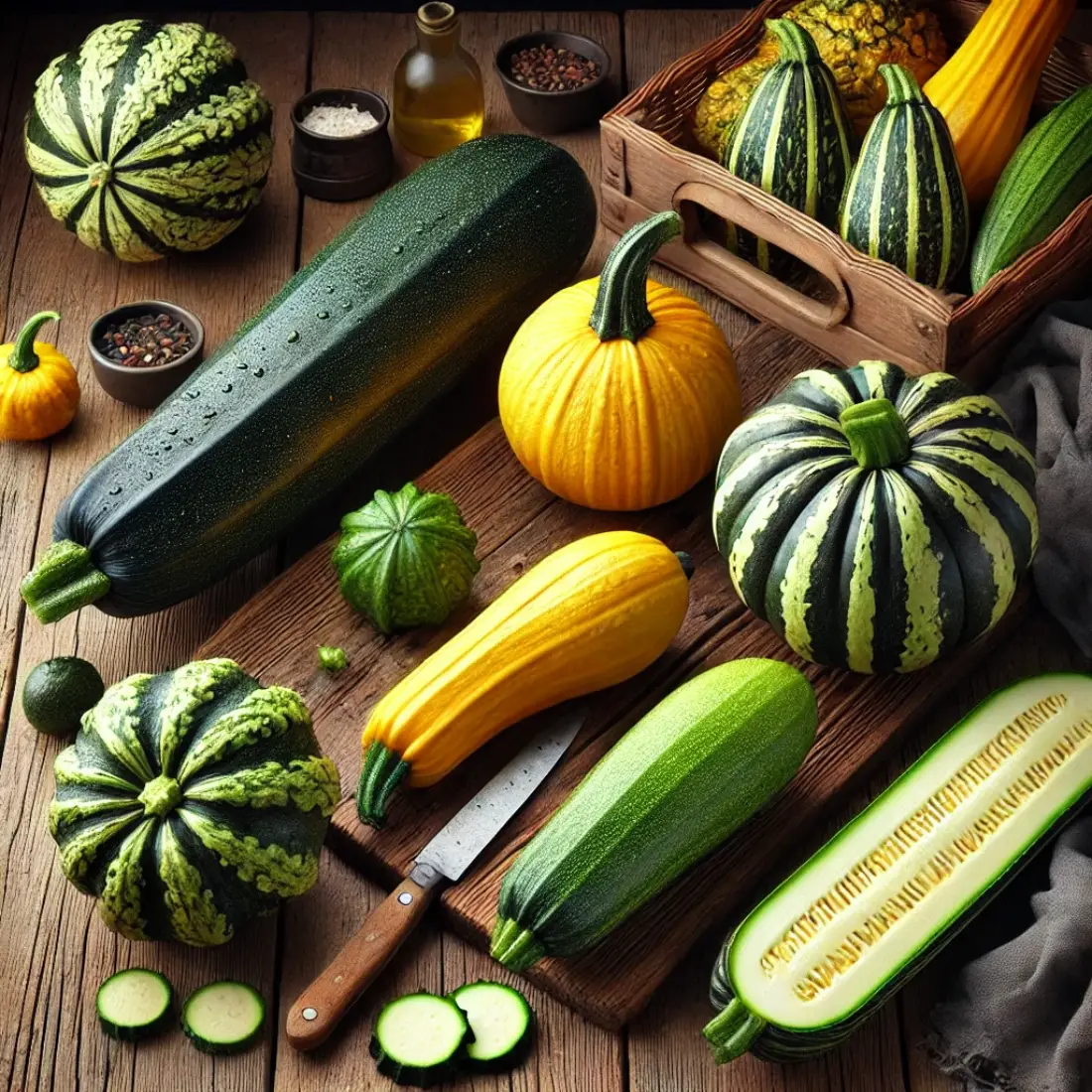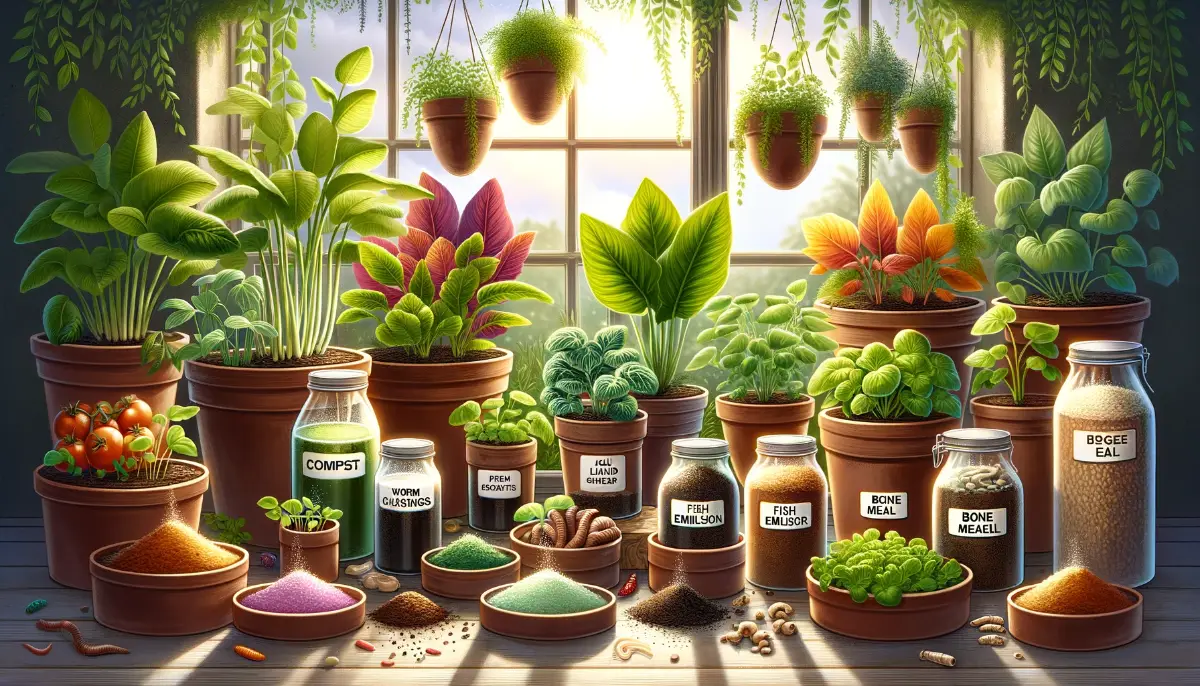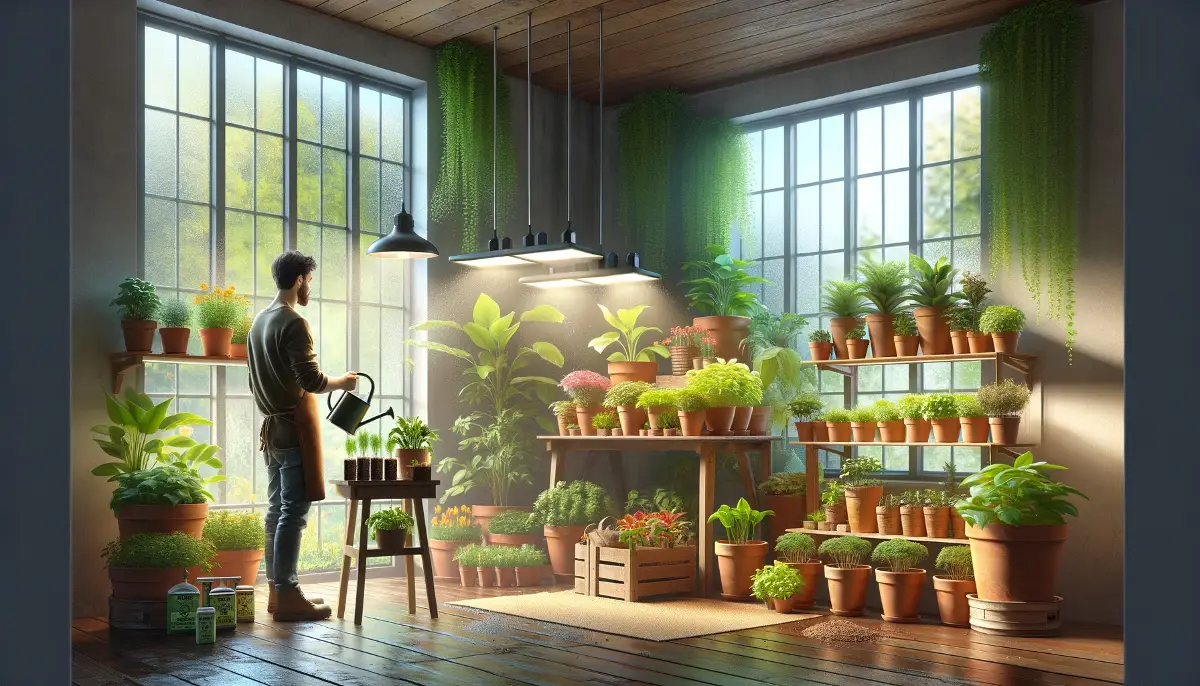Container gardening is a fantastic solution for anyone wanting to grow their own vegetables but lacking traditional garden space. Whether you live in an urban apartment or simply want to maximize your balcony or patio space, container gardening allows you to enjoy fresh, home-grown produce without needing a large garden.
- Container gardening is perfect for small spaces and urban settings.
- Easy-to-grow vegetables like tomatoes, lettuce, and radishes are ideal for beginners.
- Proper container selection, soil, and watering are crucial for success.
- Enjoy the flexibility and convenience of moving your garden as needed.
1. Tomatoes
Tomatoes are a popular choice for container gardening due to their versatility and productivity. Choose compact or determinate varieties like ‘Patio Princess’ or ‘Tiny Tim’ for best results. Ensure the container is at least 18 inches in diameter and has good drainage.
Use high-quality potting soil mixed with compost, and place the container in a sunny spot where the plants can receive 6-8 hours of sunlight daily. Water regularly to keep the soil moist but not waterlogged. Supporting the plants with stakes or cages can help them grow upright and produce more fruit.
2. Lettuce
Lettuce is a fast-growing, cool-season crop that thrives in containers. Opt for leaf lettuce varieties like ‘Black Seeded Simpson’ or ‘Salad Bowl’ which don’t require much space. A shallow container with at least 6 inches of soil depth works well.
Place the container in a location that receives partial sunlight and water frequently to keep the soil consistently moist. You can start harvesting the outer leaves as soon as they are large enough to eat, promoting continuous growth throughout the season.
3. Radishes
Radishes are among the quickest and easiest vegetables to grow in a container. They mature in as little as 3-4 weeks, making them perfect for impatient gardeners. Use a container that is at least 6 inches deep and fill it with loose, well-draining soil.
Sow the seeds directly into the container and place it in a sunny location. Water regularly to maintain moist soil. Radishes are ready to harvest when their roots are about 1 inch in diameter.
4. Spinach
Spinach is a nutrient-rich vegetable that grows well in containers. Select a wide, shallow container with at least 6 inches of soil depth. Plant spinach in a location that receives partial to full sunlight. Use high-quality potting soil and keep it moist but not waterlogged.
Spinach grows quickly and can be harvested as baby leaves or mature leaves. Regular harvesting encourages more growth, ensuring a steady supply of fresh spinach.
5. Peppers
Peppers, both sweet and hot, are well-suited for container gardening. Choose compact varieties like ‘Baby Belle’ or ‘Jalapeño M’ for smaller spaces. Use a container that is at least 12 inches deep with good drainage.
Place the container in a sunny spot with at least 6-8 hours of sunlight daily. Peppers prefer warm conditions, so ensure they are not exposed to cold drafts. Water consistently and use a balanced fertilizer to promote healthy growth and fruit production.
6. Green Onions
Green onions, or scallions, are incredibly easy to grow in containers. They require minimal space and can be harvested continuously. Use a shallow container with at least 4 inches of soil depth.
Plant the bulbs or seeds about an inch apart and place the container in a sunny location. Water regularly to keep the soil moist. You can start harvesting the green tops once they reach 6 inches in height, and they will regrow quickly after each cutting.
7. Carrots
Carrots can thrive in containers if you choose the right variety and container size. Shorter varieties like ‘Thumbelina’ or ‘Paris Market’ are ideal. Use a container that is at least 12 inches deep to accommodate the root growth.
Fill the container with loose, sandy soil to allow the carrots to grow straight and long. Plant the seeds and place the container in a sunny spot. Keep the soil consistently moist but not waterlogged. Carrots are ready to harvest when their roots reach the desired size, typically in 70-80 days.
8. Herbs (Basil, Parsley, etc.)
Herbs like basil, parsley, and cilantro are perfect for container gardening. They require minimal space and can be grown on windowsills, balconies, or patios. Use a container with at least 6 inches of soil depth and place it in a sunny location.
Most herbs prefer well-draining soil and regular watering. Harvesting the leaves regularly encourages more growth and ensures a steady supply of fresh herbs for your kitchen.
9. Bush Beans
Bush beans are a high-yield, low-maintenance crop ideal for containers. Choose compact varieties like ‘Bush Blue Lake’ or ‘Contender’. Use a container that is at least 12 inches deep with good drainage.
Place the container in a sunny spot and plant the seeds directly into the soil. Keep the soil consistently moist. Bush beans don’t require much support and produce abundant harvests within 50-60 days.
10. Zucchini
Zucchini can be grown in containers if you select bush or compact varieties like ‘Bush Baby’ or ‘Eight Ball’. Use a large container, at least 18 inches in diameter, with good drainage. Zucchini needs plenty of sunlight, so place the container in a spot with 6-8 hours of direct sunlight.
Water regularly to keep the soil moist and use a balanced fertilizer to support growth. Zucchini plants can produce a high yield, so be prepared to harvest frequently to prevent overgrown fruits.
Essential Tips for Successful Container Gardening
Choosing the Right Containers
Selecting the appropriate container is crucial for successful container gardening. Ensure the containers have adequate drainage holes to prevent waterlogging. The size of the container should match the plant’s growth requirements; for instance, tomatoes need large, deep containers, while herbs can thrive in smaller pots.
Consider using materials like terracotta, plastic, or fabric pots, each offering different benefits like breathability and insulation.
Importance of Proper Soil and Drainage
Using the right soil mix is essential for healthy plant growth. Avoid garden soil, which can be too dense for containers. Instead, use a high-quality potting mix that is light, well-draining, and rich in organic matter. Adding perlite or vermiculite can improve aeration and drainage. Ensure that the containers have enough drainage holes to allow excess water to escape, preventing root rot and other water-related issues.
Watering and Fertilization Tips
Consistent watering is vital for container plants since they dry out faster than garden beds. Water deeply until it runs out of the drainage holes, and check soil moisture regularly. Morning is the best time to water to reduce evaporation.
Container plants also need regular fertilization because nutrients leach out with frequent watering. Use a balanced liquid organic fertilizer every 2-4 weeks, or mix slow-release organic granules into the soil at planting time.
Positioning Your Containers for Optimal Sunlight
Most vegetables need at least 6-8 hours of direct sunlight daily. Place your containers in a location that receives adequate sunlight, such as a south-facing balcony or patio. For indoor gardening, position containers near a sunny window or use grow lights to supplement natural light.
Rotating containers periodically can ensure even sunlight exposure and prevent plants from leaning toward the light source.
Managing Temperature and Humidity
Containers can be more susceptible to temperature fluctuations than ground gardens. In hot weather, soil can dry out quickly, so monitor moisture levels closely. Mulching the soil surface can help retain moisture and regulate soil temperature.
In colder climates, move containers indoors or cover them during frost to protect plants. Maintaining proper humidity levels is also important, especially for indoor plants; using a humidity tray or misting can help.
Pruning and Supporting Plants
Pruning helps maintain plant health and productivity. Remove dead or diseased leaves regularly to prevent the spread of pathogens. For vining plants like tomatoes and cucumbers, use stakes, cages, or trellises to provide support and keep the plants upright.
This not only saves space but also improves air circulation around the plants, reducing the risk of fungal diseases.
Pest and Disease Management
Container gardens are not immune to pests and diseases. Inspect plants regularly for signs of trouble, such as discolored leaves or insect activity. Use organic methods like neem oil, insecticidal soap, or diatomaceous earth to control pests.
Ensure good air circulation and avoid overcrowding plants to reduce disease risks. Rotating crops and sanitizing containers between uses can also help prevent recurring issues.
Regular Monitoring and Maintenance
Consistent care is key to a thriving container garden. Regularly check soil moisture, plant health, and overall growth. Remove weeds promptly to prevent competition for nutrients and water. Deadhead flowers to encourage more blooms and harvest vegetables as soon as they are ripe to promote continued production. Keeping a gardening journal can help track your plants’ progress and identify any issues early.
By following these essential tips, you can enjoy a productive and healthy container garden, even in limited spaces.
Helpful Article:
Hydroponic: Growing Lettuce with Success
FAQs: Vegetable Growing in Containers
How often should I water my container vegetables?
Watering frequency depends on the type of vegetable, container size, and weather conditions. Generally, container vegetables need to be watered more frequently than those in the ground. Water deeply until it runs out of the drainage holes and check soil moisture regularly.
Typically, watering once a day during hot weather and every 2-3 days during cooler periods is recommended.
What size container do I need for growing vegetables?
The container size depends on the vegetable. For example, tomatoes and zucchini need large containers of at least 18 inches in diameter, while lettuce and herbs can thrive in smaller, shallower containers of about 6-8 inches deep. Carrots require containers at least 12 inches deep to accommodate their root growth.
Can I grow vegetables in containers indoors?
Yes, many vegetables can be grown indoors in containers. Ensure they receive adequate light, either from a sunny window or supplemental grow lights. Choose compact or dwarf varieties that are well-suited for indoor environments. Herbs, lettuce, and green onions are particularly good choices for indoor container gardening.
How can I improve the yield of my container garden?
To improve yield, use high-quality potting mix, provide adequate sunlight, and water consistently. Regularly fertilize your plants with a balanced fertilizer and ensure good drainage to prevent waterlogged roots. Pruning and thinning can also help improve air circulation and encourage healthy growth.
What are the best soil mixes for container gardening?
The best soil mixes for container gardening are lightweight, well-draining, and rich in organic matter. A high-quality potting mix combined with compost works well. Avoid using garden soil, as it can be too dense for containers. Adding perlite or vermiculite can improve aeration and drainage.
How do I prevent pests and diseases in my container garden?
Regularly inspect plants for signs of pests and diseases. Use organic pest control methods like neem oil or insecticidal soap. Ensure proper air circulation by not overcrowding plants, and remove any diseased leaves immediately. Rotating crops and sanitizing containers between uses can help prevent recurring issues.
Can I reuse potting soil from last season?
Yes, you can reuse potting soil, but it should be refreshed to ensure nutrient content and structure. Remove any plant debris and mix in fresh compost or a slow-release fertilizer. If the soil shows signs of disease or pest infestation, it’s better to replace it entirely.
How do I ensure proper drainage in my containers?
Ensure your containers have sufficient drainage holes at the bottom. Use a well-draining potting mix and consider adding perlite or coarse sand to improve soil drainage. Elevate containers slightly off the ground to allow excess water to escape more efficiently.
What vegetables can I grow in small containers?
Vegetables that grow well in small containers include lettuce, radishes, spinach, herbs (such as basil and parsley), green onions, and bush beans. These plants have smaller root systems and don’t require deep soil, making them ideal for compact spaces.

